Collection: Paithani Sarees

-
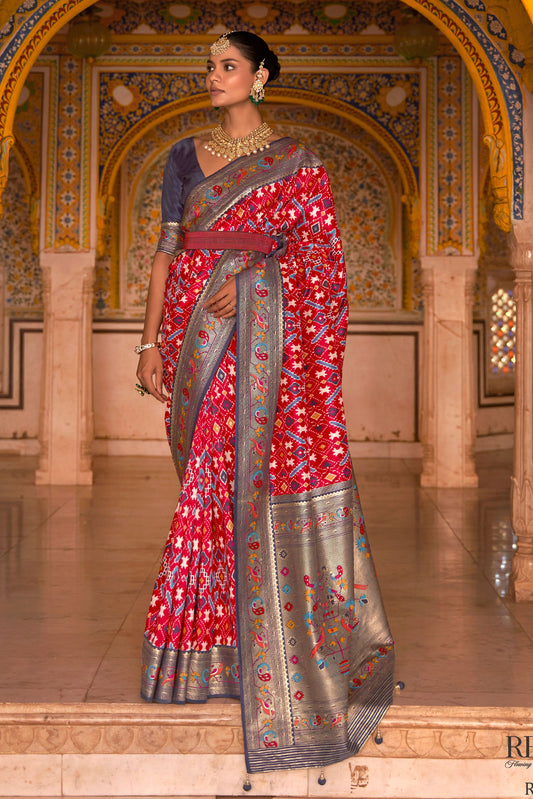
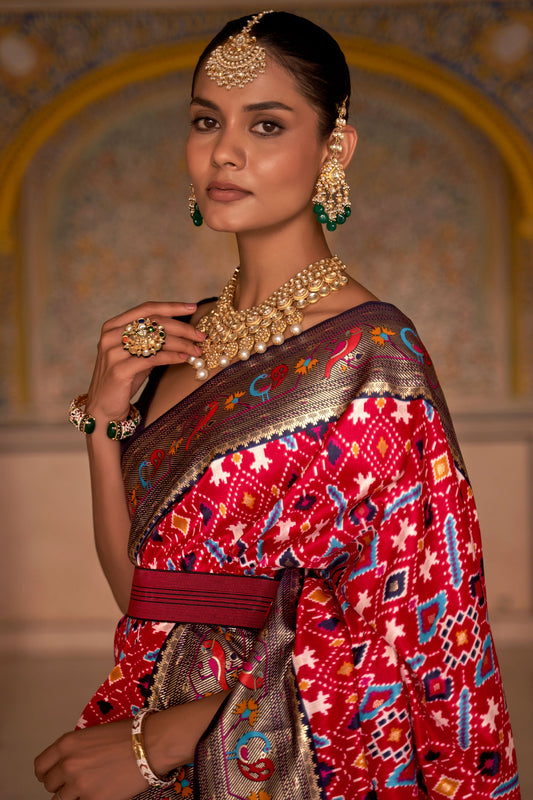 35% OFF
35% OFFPink Patola Paithani Silk Saree
Regular price Rs. 4,352.00Regular priceUnit price / perRs. 6,695.00Sale price Rs. 4,352.00Sale -
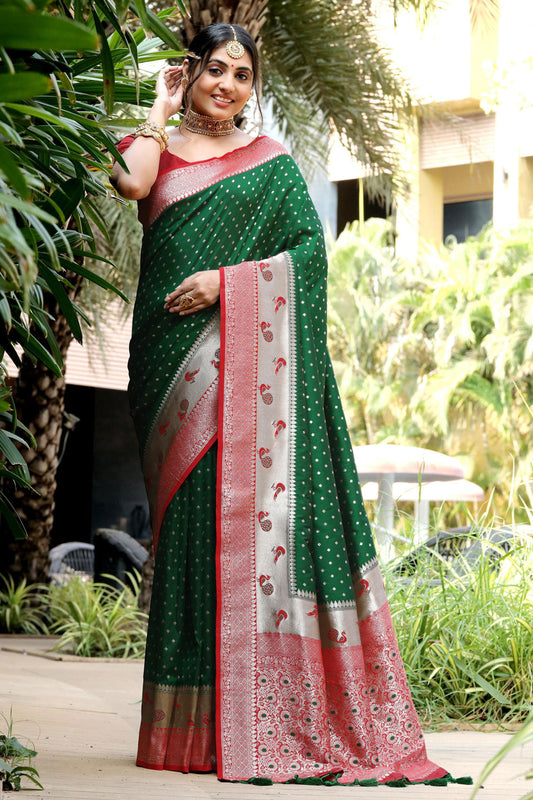
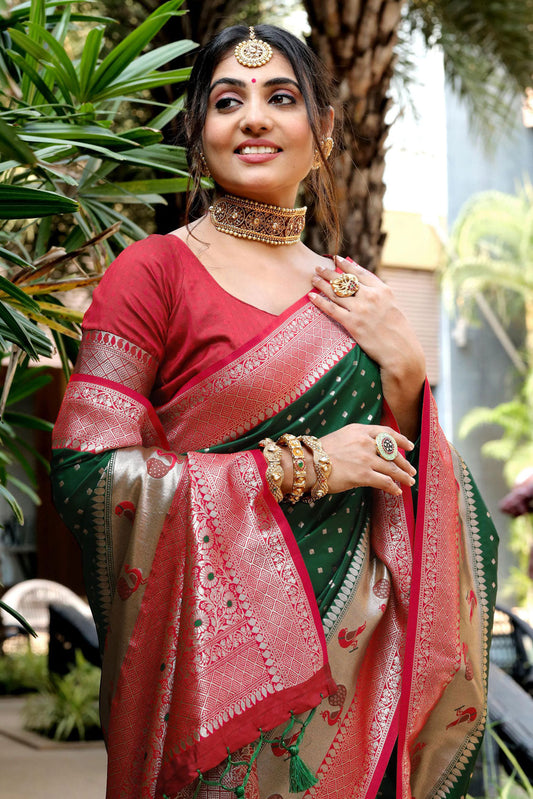 40% OFF
40% OFFGreen Paithani Silk Saree
Regular price Rs. 3,537.00Regular priceUnit price / perRs. 5,895.00Sale price Rs. 3,537.00Sale -
Purple Patola Paithani Silk Saree
Regular price Rs. 4,352.00Regular priceUnit price / perRs. 6,695.00Sale price Rs. 4,352.00Sale -
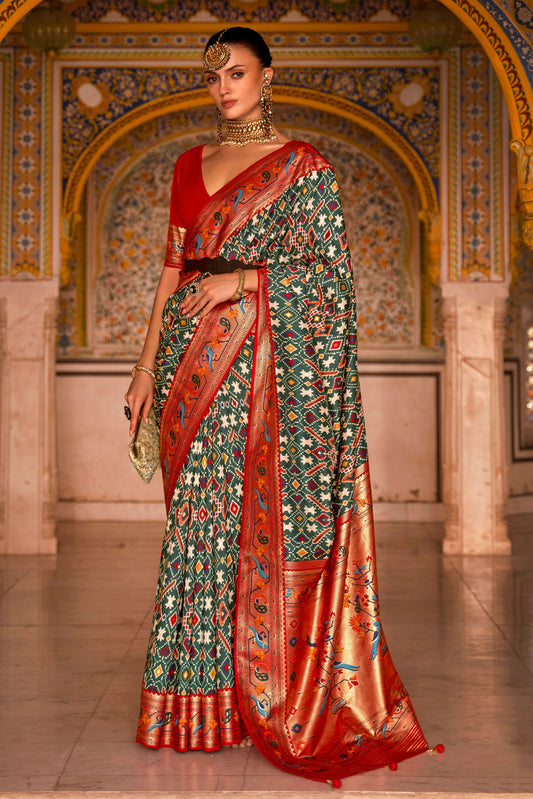
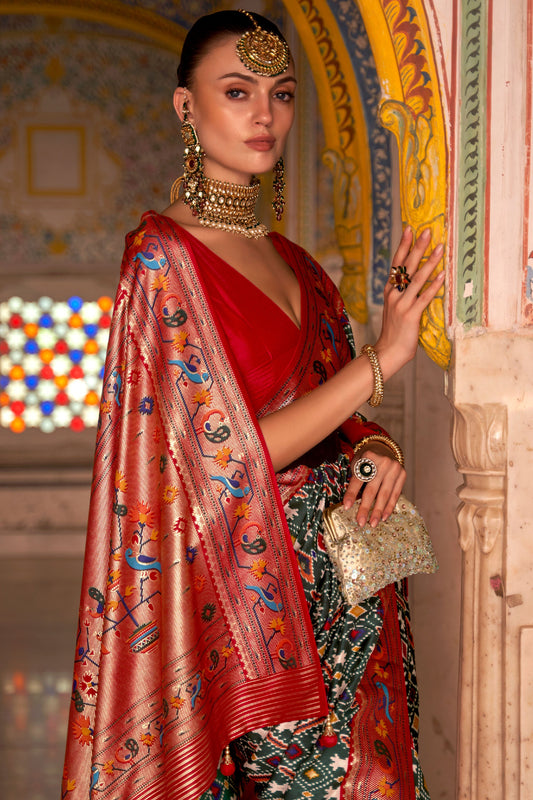 35% OFF
35% OFFGreen Patola Paithani Silk Saree
Regular price Rs. 4,352.00Regular priceUnit price / perRs. 6,695.00Sale price Rs. 4,352.00Sale -
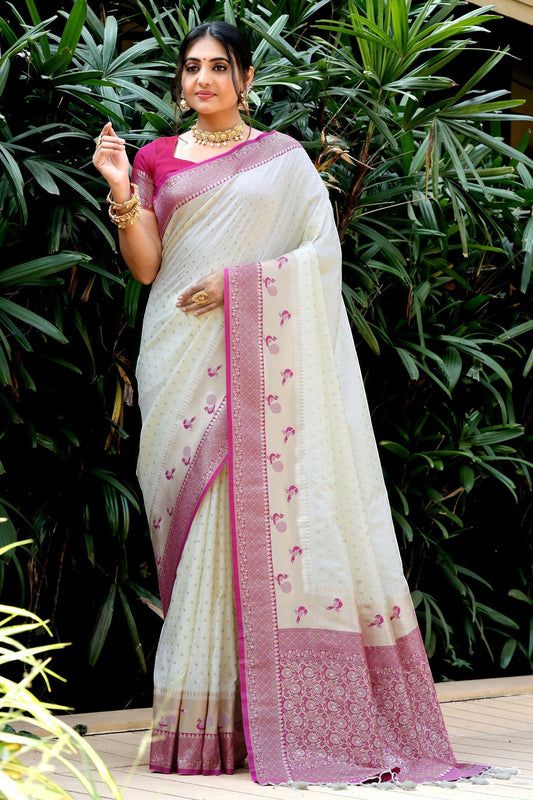
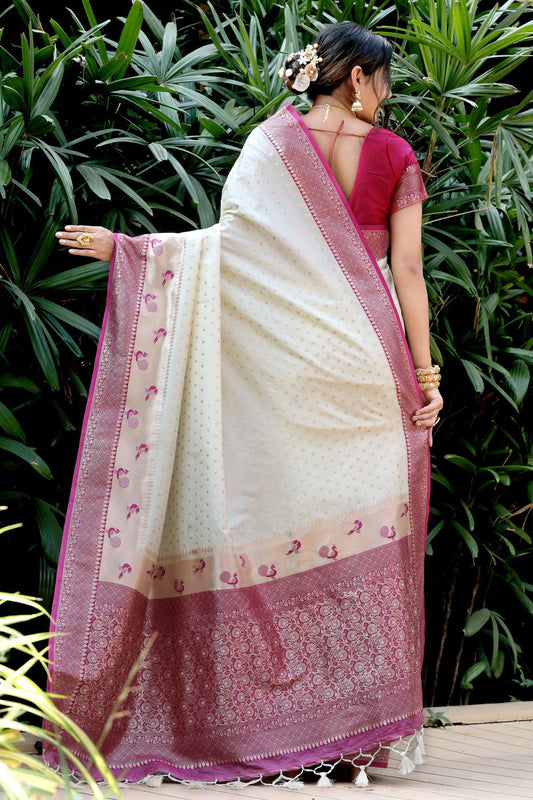 40% OFF
40% OFFWhite Paithani Silk Saree
Regular price Rs. 3,537.00Regular priceUnit price / perRs. 5,895.00Sale price Rs. 3,537.00Sale -
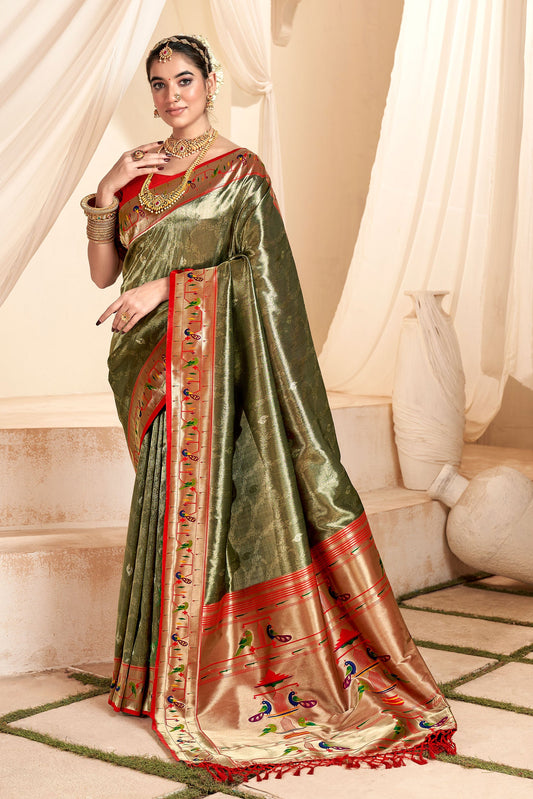
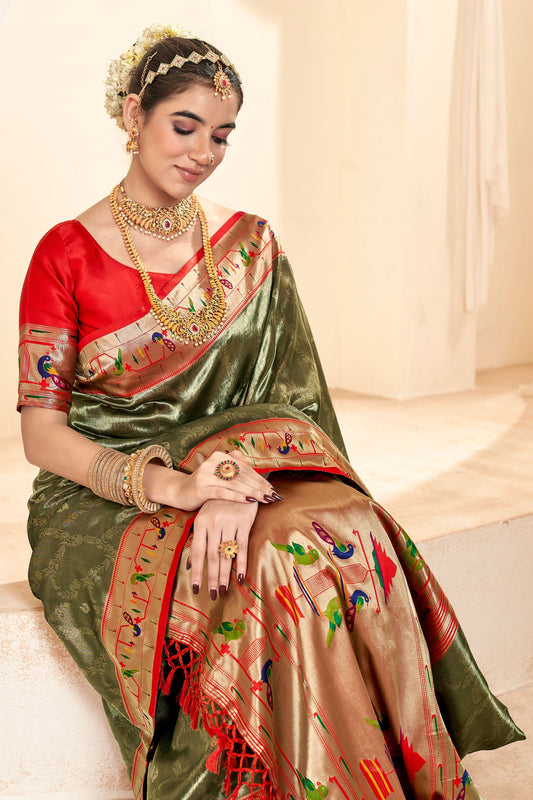 35% OFF
35% OFFGreen Paithani Tissue Silk Saree
Regular price Rs. 4,092.00Regular priceUnit price / perRs. 6,295.00Sale price Rs. 4,092.00Sale -
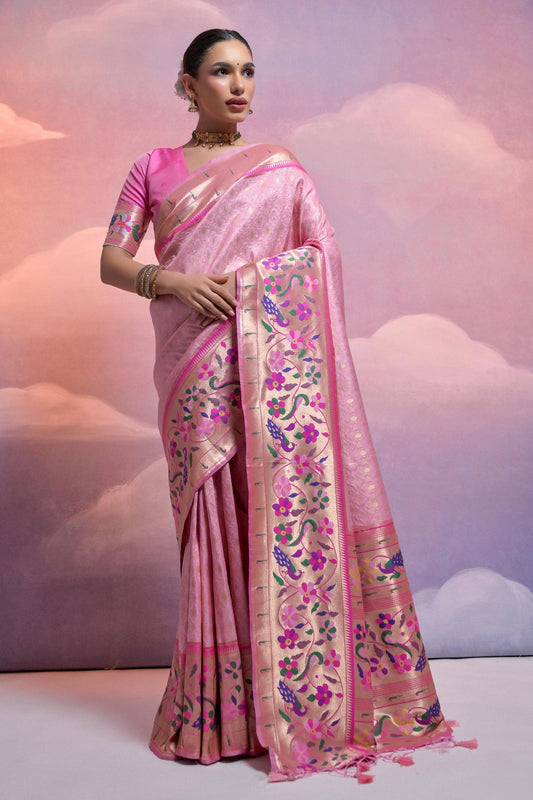
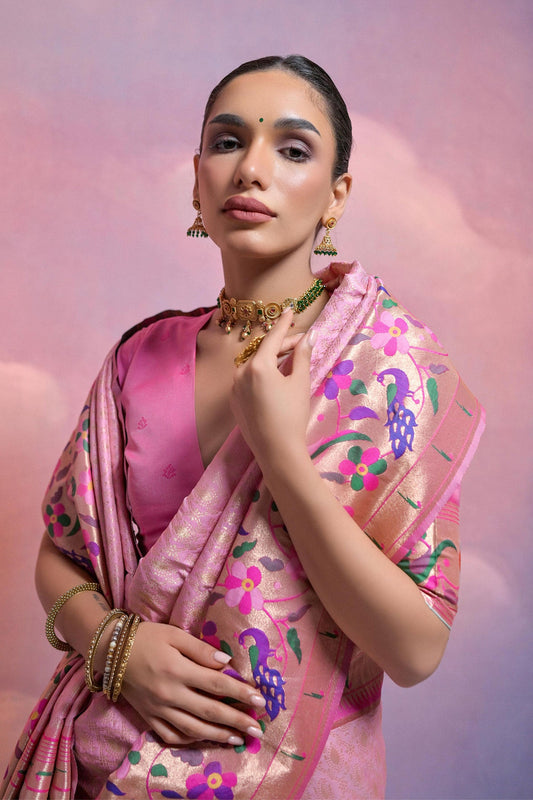 40% OFF
40% OFFPink Paithani Silk Saree
Regular price Rs. 4,557.00Regular priceUnit price / perRs. 7,595.00Sale price Rs. 4,557.00Sale -
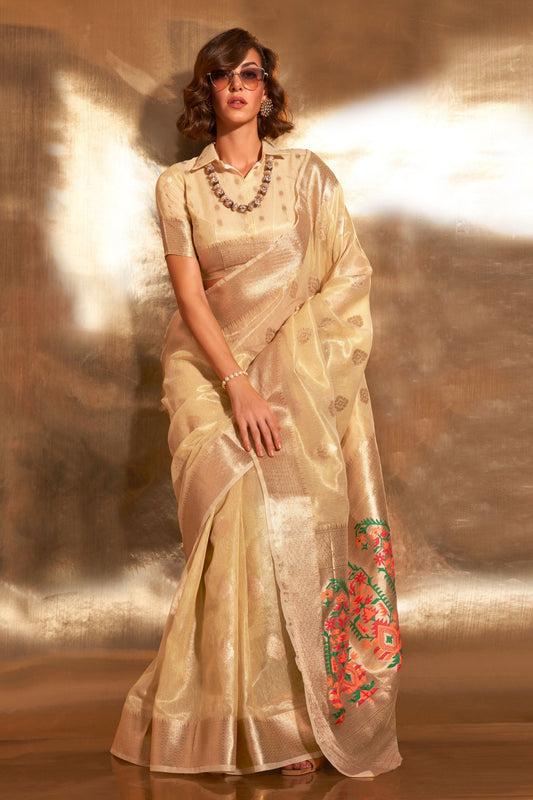
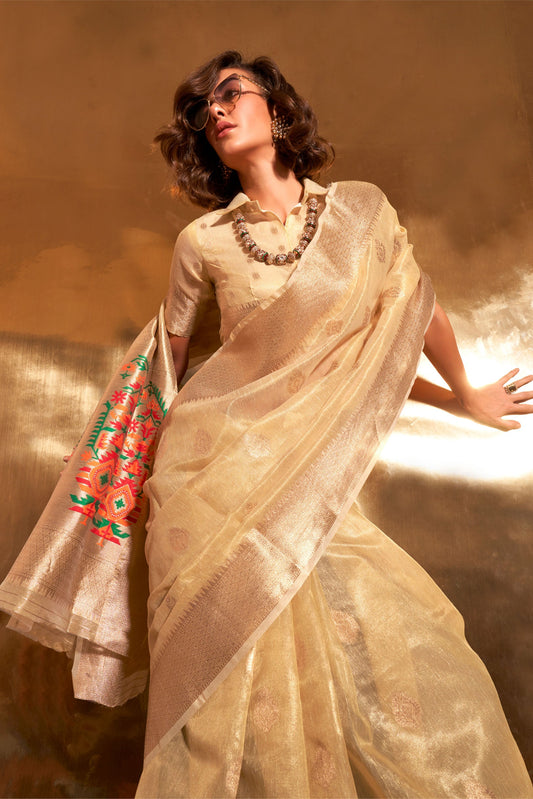 30% OFF
30% OFFBeige Tissue Paithani Saree
Regular price Rs. 2,797.00Regular priceUnit price / perRs. 3,995.00Sale price Rs. 2,797.00Sale -
Lime Green Patola Paithani Silk Saree
Regular price Rs. 4,352.00Regular priceUnit price / perRs. 6,695.00Sale price Rs. 4,352.00Sale -
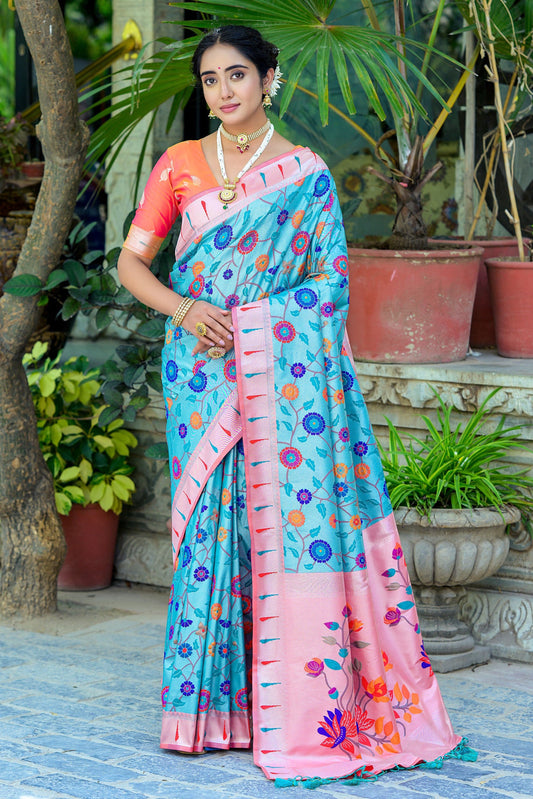
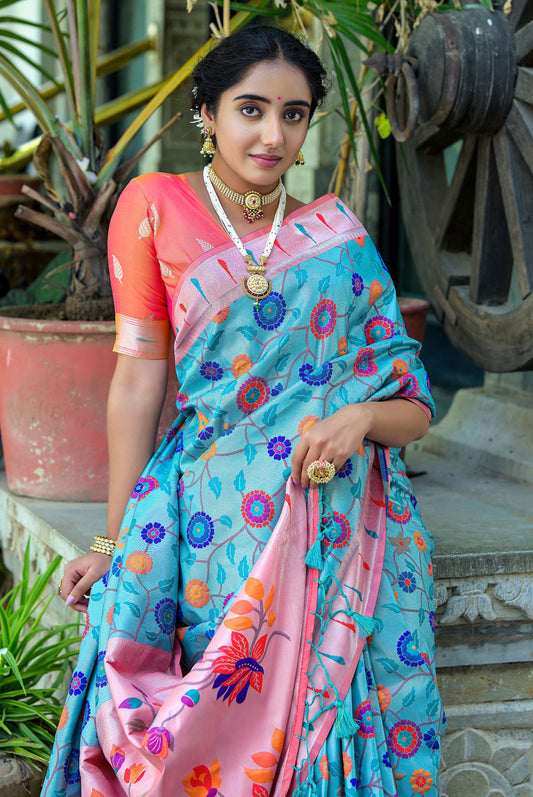 40% OFF
40% OFFBlue Paithani Silk Saree
Regular price Rs. 4,137.00Regular priceUnit price / perRs. 6,895.00Sale price Rs. 4,137.00Sale -
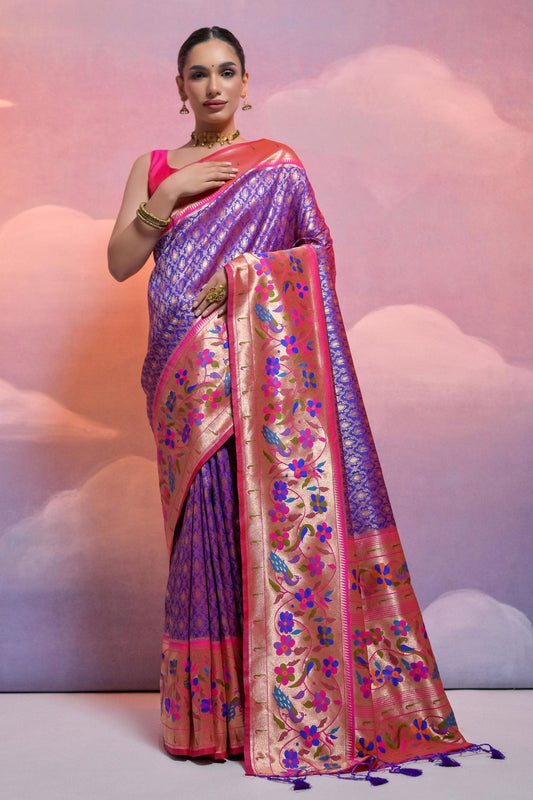
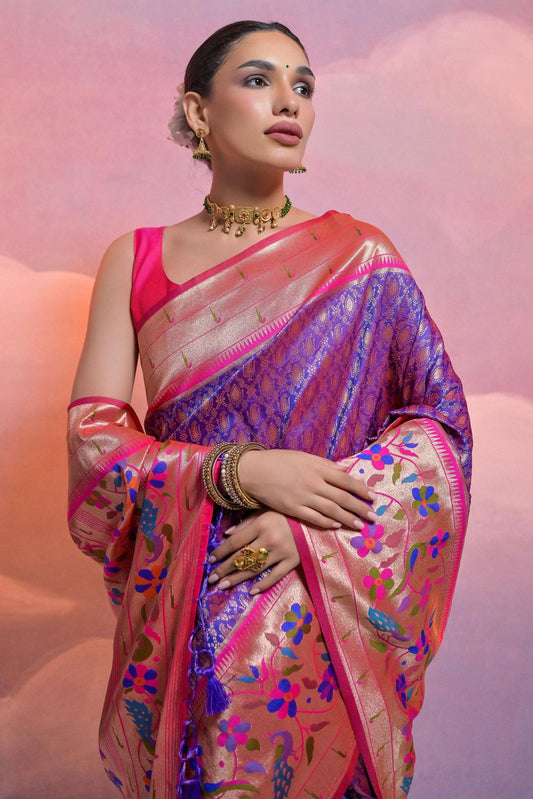 40% OFF
40% OFFBlue Paithani Silk Saree
Regular price Rs. 4,557.00Regular priceUnit price / perRs. 7,595.00Sale price Rs. 4,557.00Sale -
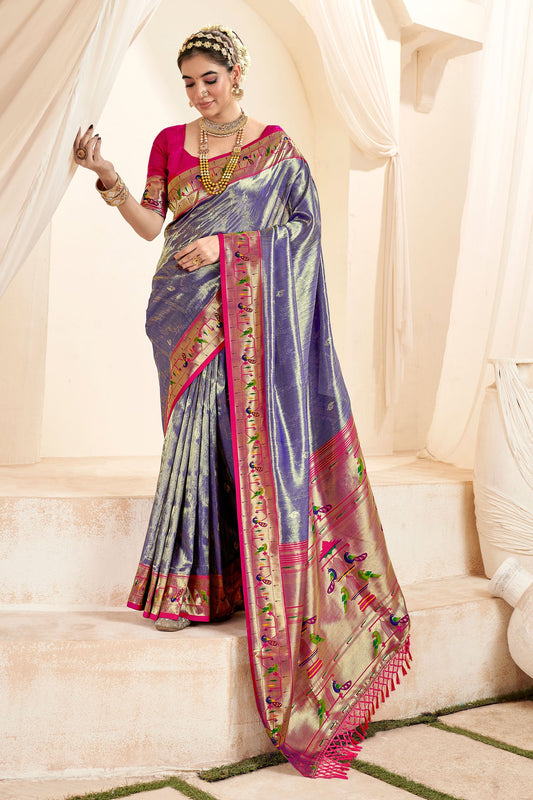
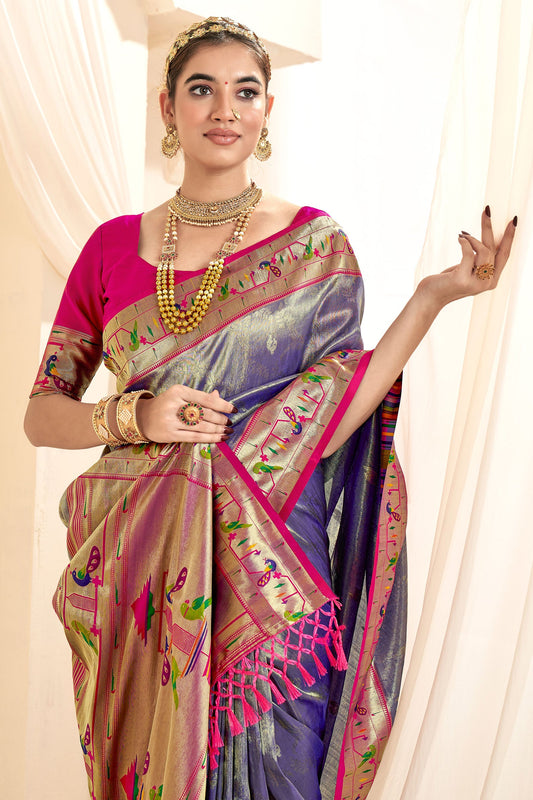 35% OFF
35% OFFBlue Paithani Tissue Silk Saree
Regular price Rs. 4,092.00Regular priceUnit price / perRs. 6,295.00Sale price Rs. 4,092.00Sale -
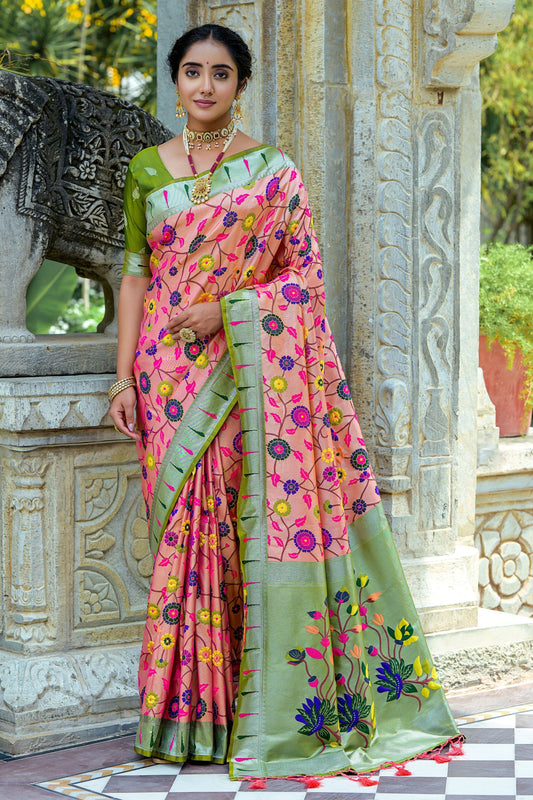
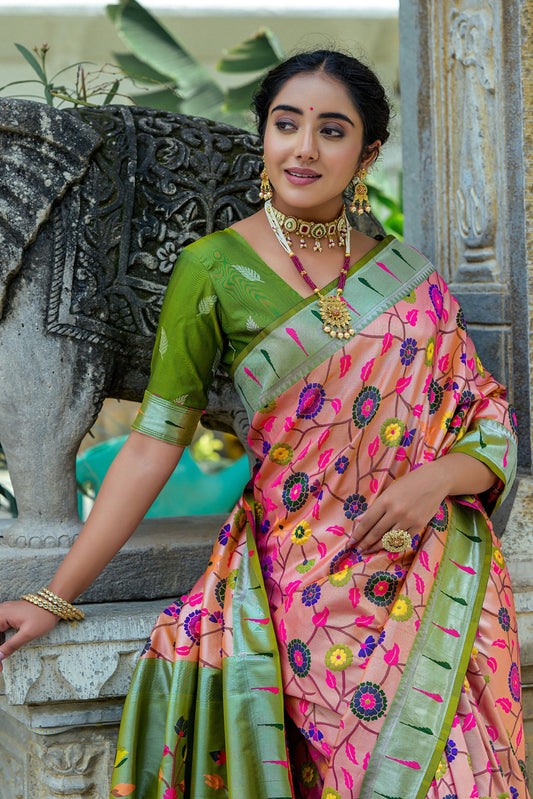 40% OFF
40% OFFPink Paithani Silk Saree
Regular price Rs. 4,137.00Regular priceUnit price / perRs. 6,895.00Sale price Rs. 4,137.00Sale -
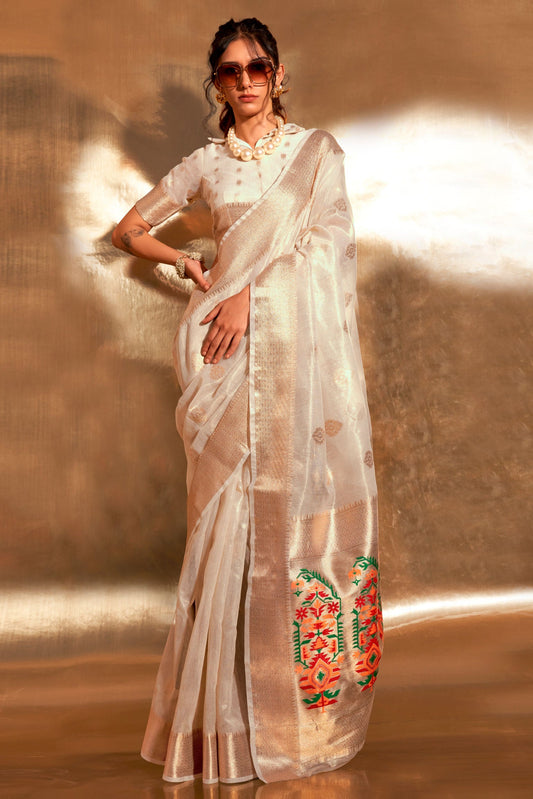
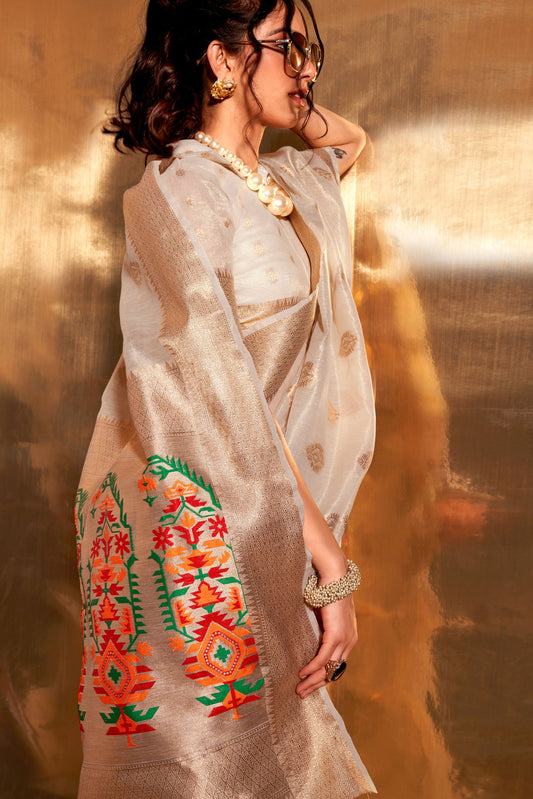 30% OFF
30% OFFCream Tissue Paithani Saree
Regular price Rs. 2,797.00Regular priceUnit price / perRs. 3,995.00Sale price Rs. 2,797.00Sale -
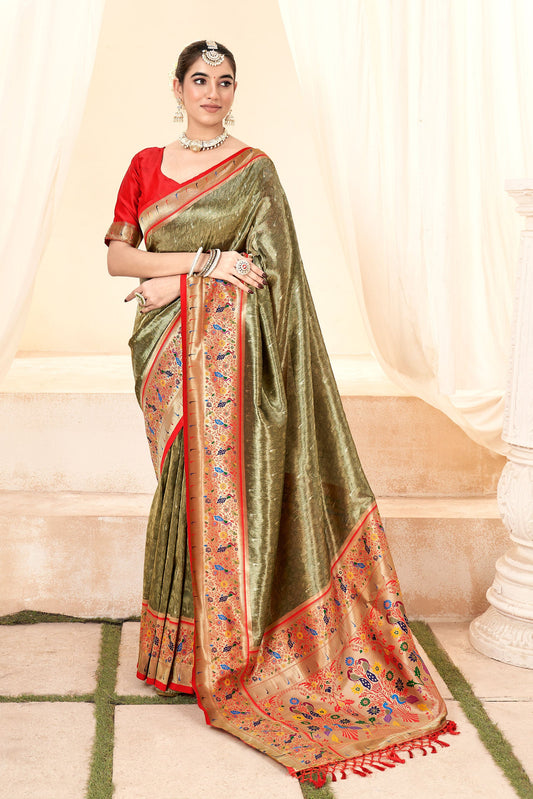
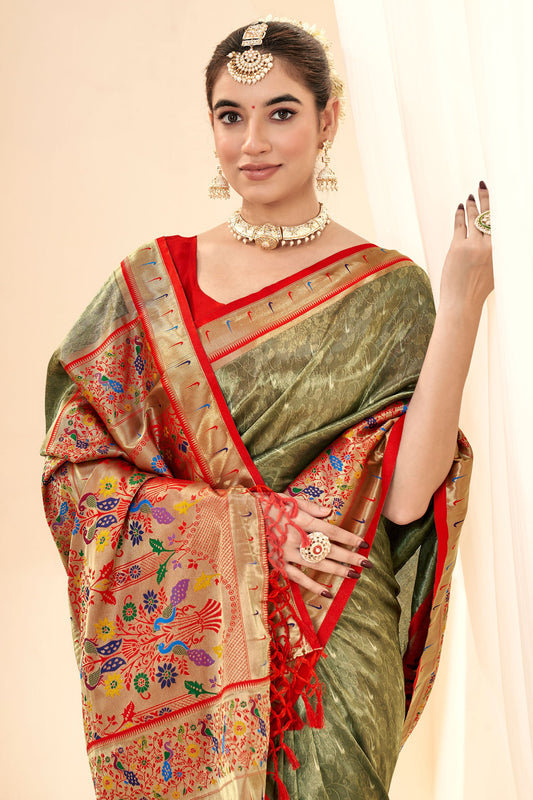 35% OFF
35% OFFGreen Paithani Silk Saree
Regular price Rs. 4,092.00Regular priceUnit price / perRs. 6,295.00Sale price Rs. 4,092.00Sale -
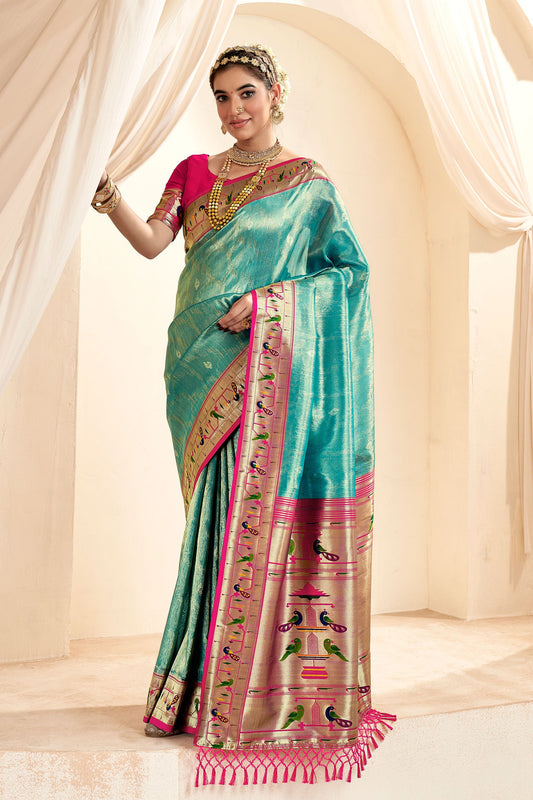
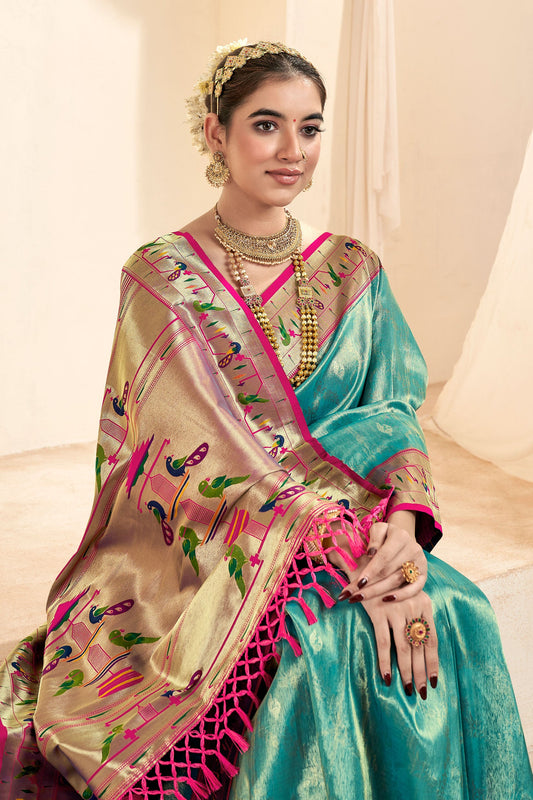 35% OFF
35% OFFBlue Paithani Tissue Silk Saree
Regular price Rs. 4,092.00Regular priceUnit price / perRs. 6,295.00Sale price Rs. 4,092.00Sale -
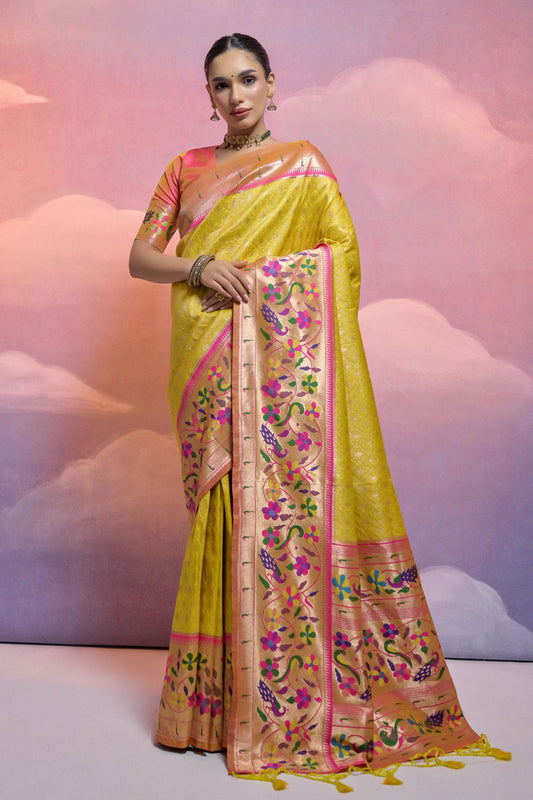
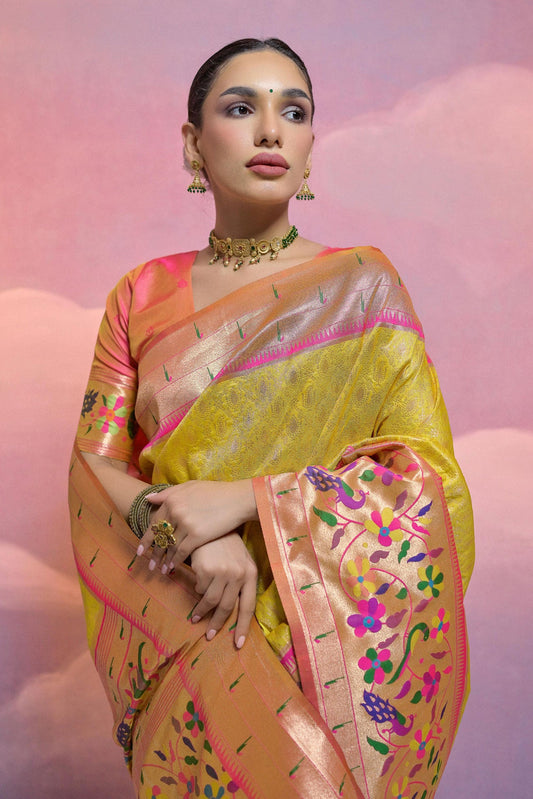 40% OFF
40% OFFYellow Paithani Silk Saree
Regular price Rs. 4,557.00Regular priceUnit price / perRs. 7,595.00Sale price Rs. 4,557.00Sale -
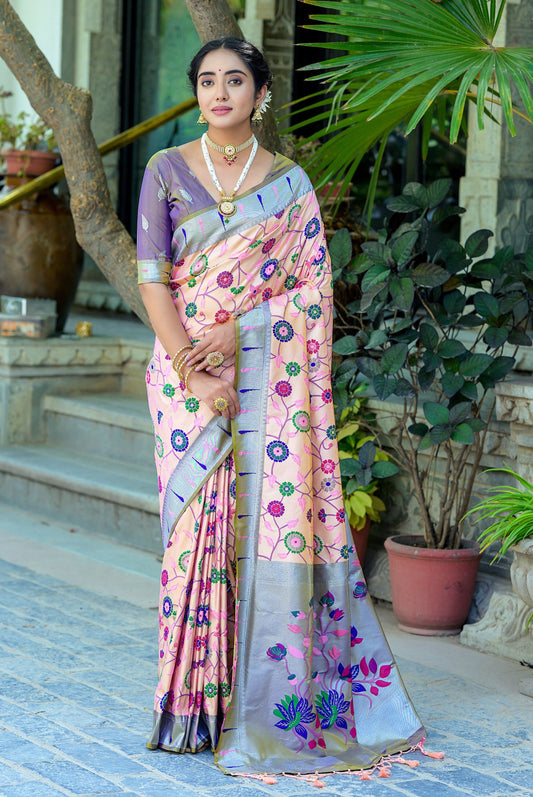
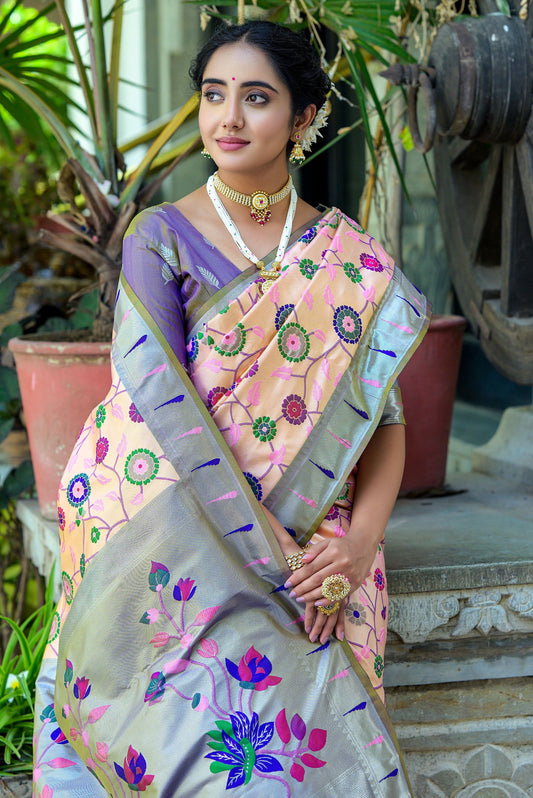 40% OFF
40% OFFPeach Paithani Silk Saree
Regular price Rs. 4,137.00Regular priceUnit price / perRs. 6,895.00Sale price Rs. 4,137.00Sale -
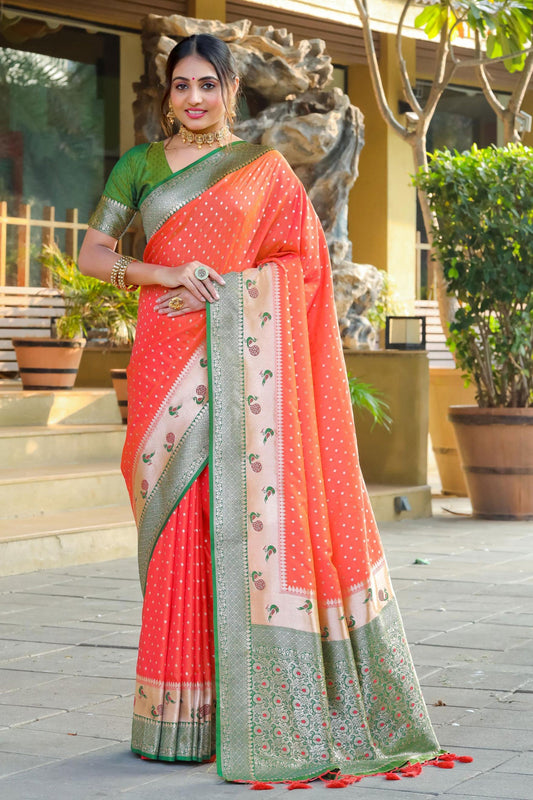
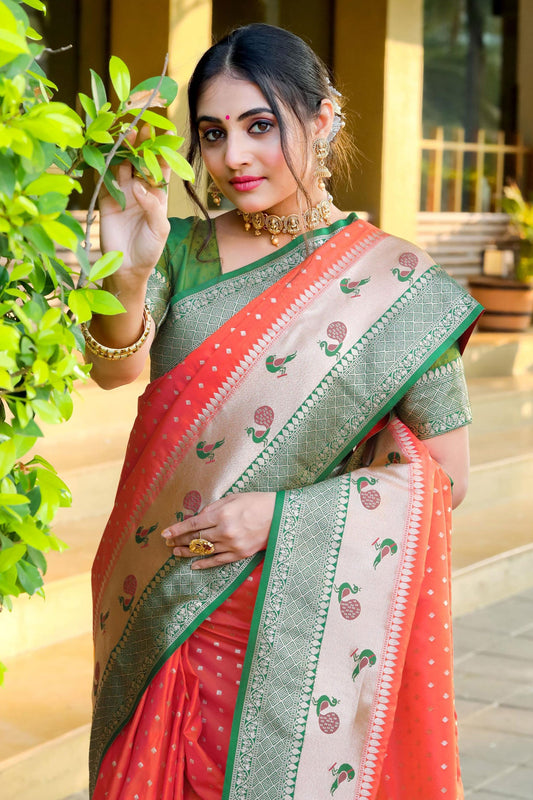 40% OFF
40% OFFOrange Paithani Silk Saree
Regular price Rs. 3,537.00Regular priceUnit price / perRs. 5,895.00Sale price Rs. 3,537.00Sale -
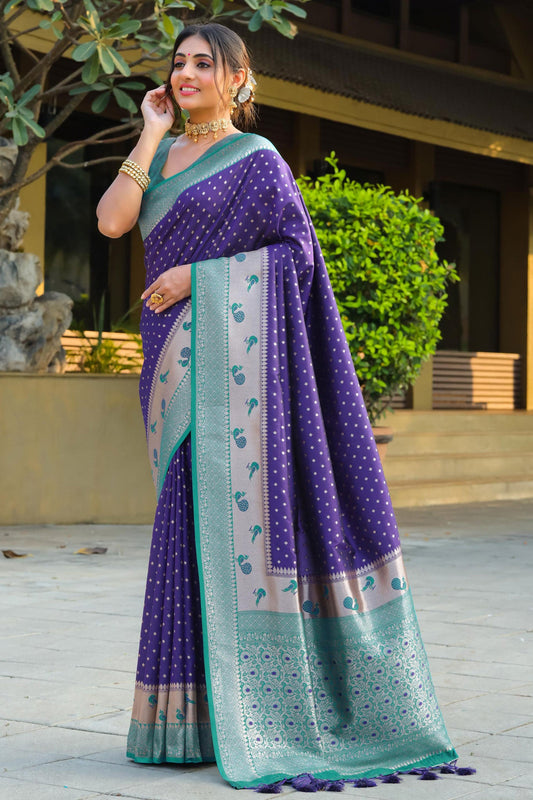
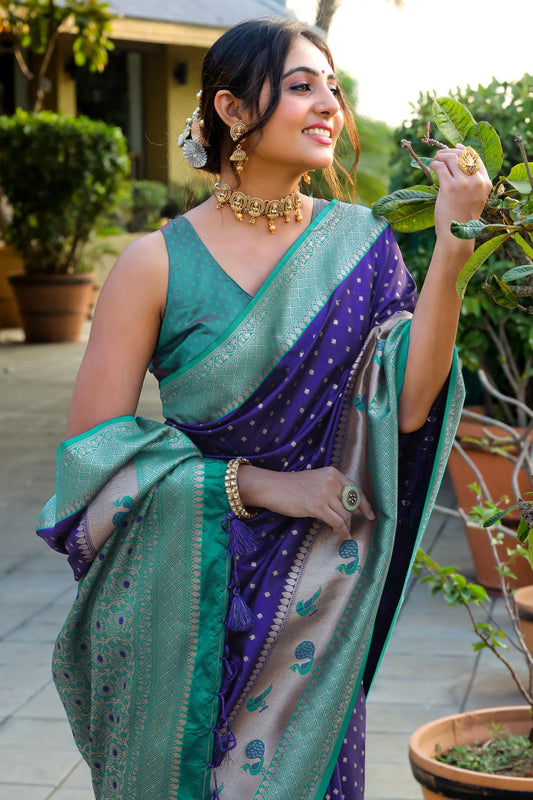 40% OFF
40% OFFBlue Paithani Silk Saree
Regular price Rs. 3,537.00Regular priceUnit price / perRs. 5,895.00Sale price Rs. 3,537.00Sale -
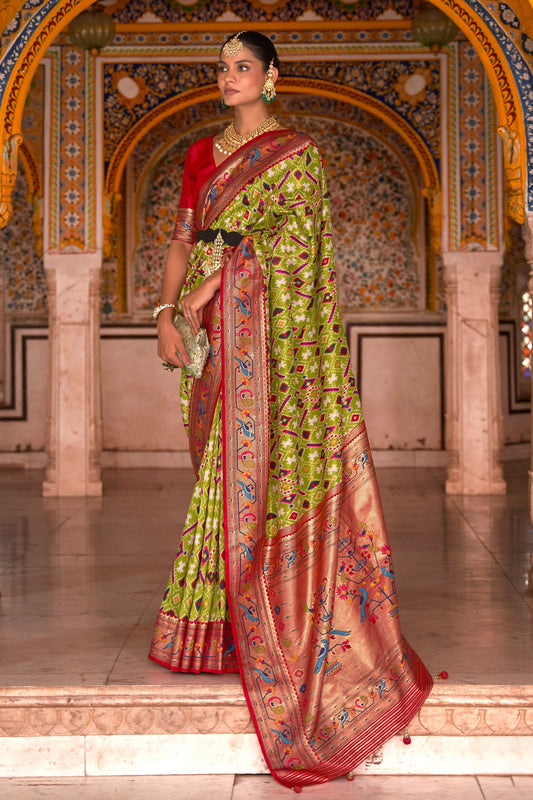
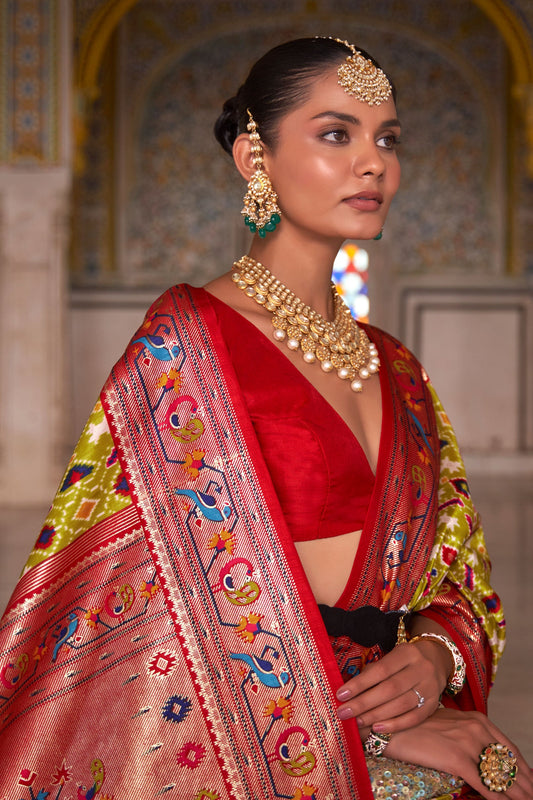 35% OFF
35% OFFGreen Patola Paithani Silk Saree
Regular price Rs. 4,352.00Regular priceUnit price / perRs. 6,695.00Sale price Rs. 4,352.00Sale -
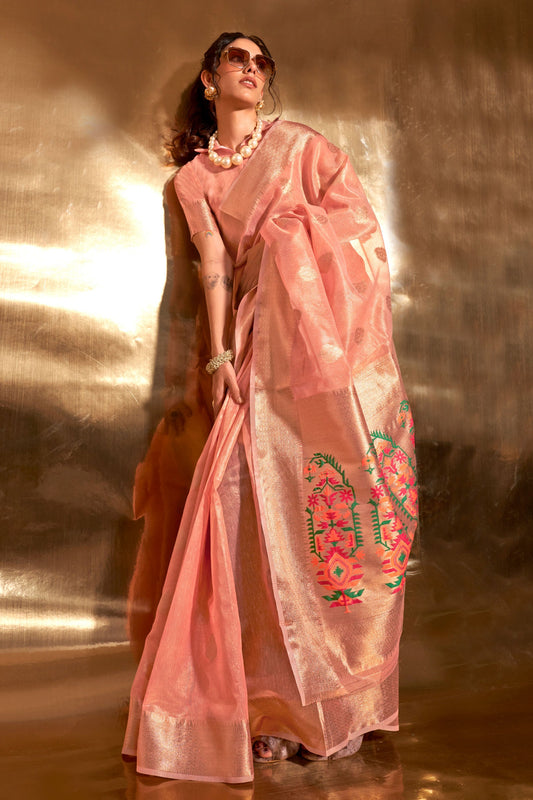
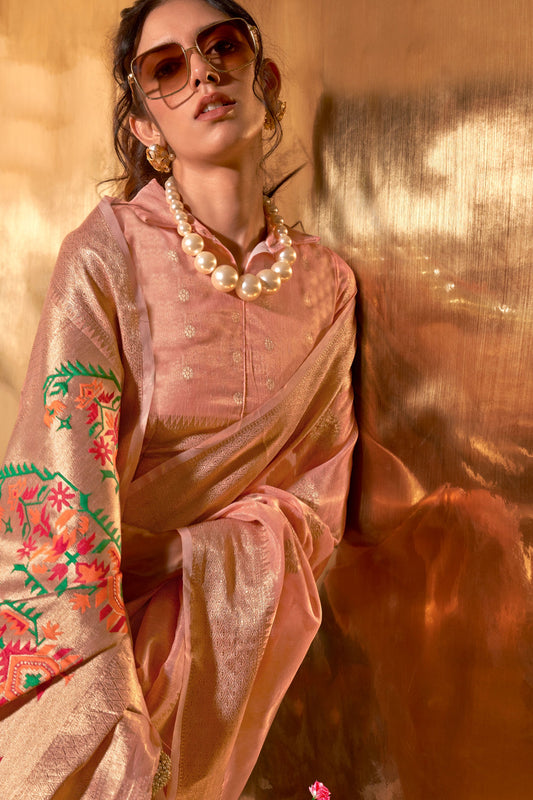 30% OFF
30% OFFPink Tissue Paithani Saree
Regular price Rs. 2,797.00Regular priceUnit price / perRs. 3,995.00Sale price Rs. 2,797.00Sale -
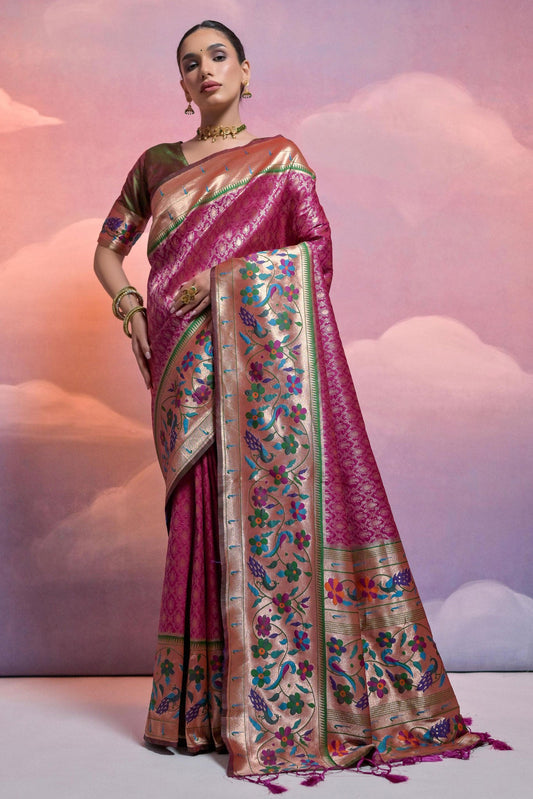
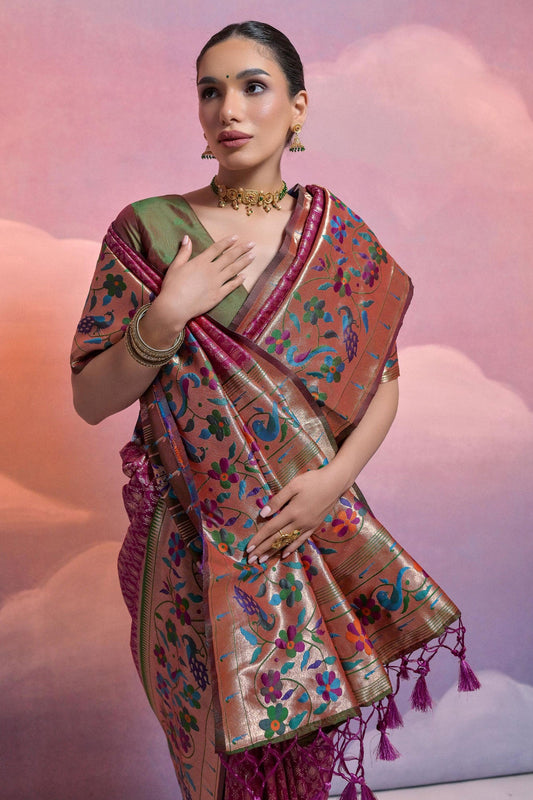 40% OFF
40% OFFWine Paithani Silk Saree
Regular price Rs. 4,557.00Regular priceUnit price / perRs. 7,595.00Sale price Rs. 4,557.00Sale -
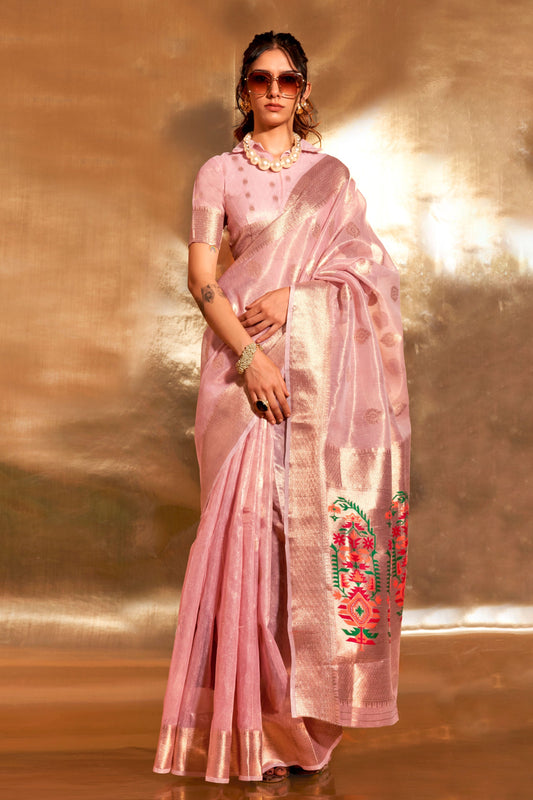
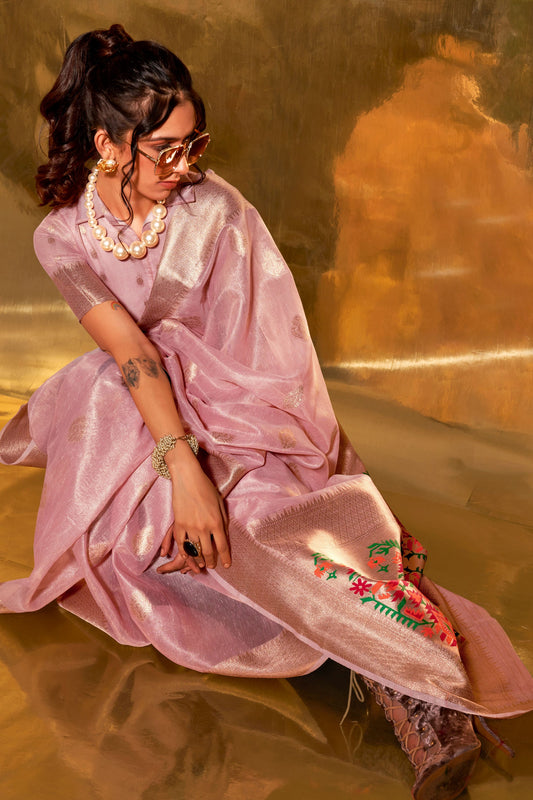 30% OFF
30% OFFPink Tissue Paithani Saree
Regular price Rs. 2,797.00Regular priceUnit price / perRs. 3,995.00Sale price Rs. 2,797.00Sale
Paithani Sarees: A Regal Heritage
Welcome to the vibrant world of Paithani sarees, a treasure trove of rich fabrics and exquisite craftsmanship. Originating from Maharashtra, India, these sarees are celebrated for their brilliant colors and intricate designs. Whether you’re a bride looking to shine on your wedding day or simply a lover of traditional Indian wear, Paithani sarees offer a regal elegance that is unmatched.
The Paithani saree represents more than just a piece of traditional clothing; it is a cherished cultural icon that showcases the rich heritage and artistry of India. These sarees, available online, come in a variety of vibrant colors, intricate designs, and luxurious materials, including silk and handloom
cotton. Whether you're attending a grand wedding or a formal event, a Paithani saree ensures you stand out with elegance. Embrace the timeless beauty of Paithani sarees and keep the tradition alive by adding one to your wardrobe. Dive into our carefully curated online collection to find the perfect silk masterpiece that resonates with your personal style.
Characteristics of Paithani Sarees
Each Paithani saree boasts unique zari motifs which are woven into the fabric with precision. These motifs not only enhance the saree’s aesthetic but also add cultural value. The sarees frequently feature a contrast border which highlights the exquisite weaving technique and showcases the artisan's skill in creating a decorative edge that frames the saree beautifully.
These motifs not only enhance the aesthetic appeal of the saree but also reflect the rich cultural heritage of Maharashtra. Here are some of the most popular motifs found in Paithani sarees:
- Peacock (Mor): The peacock motif is one of the most iconic and widely used motifs in Paithani sarees. It symbolizes beauty, grace, and eternal love. Peacocks are often depicted in vibrant colors, adorned with intricate detailing, and are typically found dancing amidst lush foliage.
- Lotus (Kamal): The lotus motif holds immense cultural and spiritual significance in Indian tradition. It represents purity, enlightenment, and divine beauty. Paithani sarees featuring lotus motifs often showcase the flower in full bloom, exuding elegance and grace.
- Parrot (Popat): Parrots are another common motif found in Paithani sarees, symbolizing love, fidelity, and posperity. These colorful birds are depicted in various poses, often surrounded by floral patterns or perched on intricate vines.
- Elephant (Hathi): Elephants hold a special place in Indian culture, representing strength, wisdom, and good fortune. Paithani sarees featuring elephant motifs showcase these majestic
creatures adorned with elaborate decorations, conveying a sense of grandeur and opulence. - Peacock Feather (Mor Pankh): In addition to depicting full peacocks, Paithani sarees also feature motifs of peacock feathers. These intricate designs showcase the delicate beauty of peacock feathers, often arranged in symmetrical patterns to create a stunning visual effect.
- Floral Motifs: Flowers are a recurring motif in Paithani sarees, symbolizing beauty, femininity, and the cycle of life. From delicate roses and jasmine buds to intricate vines and floral borders, these motifs add a touch of romance and charm to the saree.
- Geometric Patterns: While traditional motifs like peacocks and lotuses dominate Paithani sarees, modern interpretations often feature geometric patterns such as checks, stripes, and diamonds. These contemporary motifs add a touch of sophistication and versatility to the saree, making them suitable for a variety of occasions.
- Asavali (Grapevine): Asavali motifs depict grapevines laden with ripe fruits, symbolizing abundance, fertility, and prosperity. These motifs are often intricately woven into the pallu or border of the Paithani saree, adding richness and texture to the design.
- Narali (Coconut): Narali motifs represent the coconut tree, which holds religious significance in Hindu culture and is associated with purity, auspiciousness, and prosperity. These motifs are often depicted in stylized forms, with coconuts and palm leaves woven into intricate patterns.
- Gop (Cow): The cow is revered as sacred in Hindu mythology and symbolizes motherhood, nourishment, and abundance. Paithani sarees featuring cow motifs often depict these gentle
creatures adorned with bells, flowers, and decorative ornaments.
These are just a few examples of the diverse range of motifs found in Paithani sarees, each with its own unique symbolism and artistic interpretation. Whether traditional or contemporary, these motifs add depth, beauty, and cultural significance to every Paithani saree, making them timeless pieces of artistry and craftsmanship.
Why Paithani sarees are considered regal
The opulence and intricacy of Paithani sarees stem from their historical association with the royals and aristocrats of ancient India. These sarees were considered a symbol of status and wealth, often worn during important ceremonies and functions. The meticulous craftsmanship required to create each saree, which could take several months to complete, along with the use of precious gold and silver zari threads, contribute to their regal reputation.
Popular draping styles for Paithani sarees
Paithani sarees, renowned for their royal allure, can be draped in several styles that enhance their traditional elegance. The most common method is the Nivi style, originated in South India, which involves wrapping the saree around the waist with pleats tucked into the petticoat, and the pallu draped over the shoulder.
For a more regal appearance, the Marathi style offers a back-to-front draping approach, allowing the intricate zari work on the pallu to display prominently on the chest. Additionally, the Gujarati style, also known as the seedha pallu style, favored in many northern regions, showcases the saree’s borders and motifs splendidly as the pallu is draped over the right shoulder and spread across the front.
How to drape a Paithani saree elegantly
Draping a Paithani saree elegantly requires attention to detail to make sure the richness of the fabric and intricacy of designs stand out. Begin by wearing the saree with the end of the saree (pallu) being placed on the left shoulder and the rest wrapped around the body. Ensure that the pleats are neatly gathered and tucked into the waistband of your petticoat for a snug fit. The pallu should then be draped over the right shoulder from the back, elegantly displaying the zari work. Secure the saree with pins discreetly to hold the pleats in place and allow graceful movement.
Explore the Paithani Saree Collection at Zari Butta
Embrace the allure of Paithani sarees and adorn yourself in timeless elegance with Zari Butta. Whether you're attending a wedding, celebrating a festival, or simply adding to your saree collection, our exquisite Paithani sarees are sure to make you stand out. Explore various styles that range from traditional to contemporary designs tailored for different occasions.
EXPLORE OUR COLLECTIONS
Banarasi Sarees | Paithani Sarees | Patola Sarees | Bandhani Sarees | Designer Sarees | Readymade Sarees | Kanjivaram Sarees | Embroidery Sarees | Sequin Sarees | Print Sarees | Zari Sarees | Lace Sarees | Gota Patti Sarees | Chikankari Sarees | Kalamkari Sarees | Ikat Sarees | Heavy work Sarees
FABRIC COLLECTIONS
Georgette Sarees | Silk Sarees | Cotton Sarees | Linen Sarees | Chiffon Sarees | Satin Sarees | Net Sarees | Brasso Sarees | Organza Sarees | Crepe Sarees | Tussar Silk Sarees
VARIOUS COLOUR COLLECTIONS
Blue Sarees | Black Sarees | Brown Sarees | Grey Sarees | Green Sarees | Pink Sarees | Purple Sarees | Yellow Sarees | Wine Color Sarees | Red Sarees | Beige Sarees | Maroon Sarees | White Sarees | Orange Sarees
COLLECTIONS FOR VARIOUS OCCASIONS
Festive Sarees | Party Wear Sarees | Wedding Sarees | Daily Wear Sarees | Bridal Sarees | Engagement Sarees | Haldi Sarees | Mehendi Sarees | Sangeet Sarees | Reception Sarees | Cocktail Party Sarees | Bridesmaid Sarees
UNLOCK 10% OFF ON YOUR FIRST ORDER
Be the first to know about new collections and exclusive offers.
















































